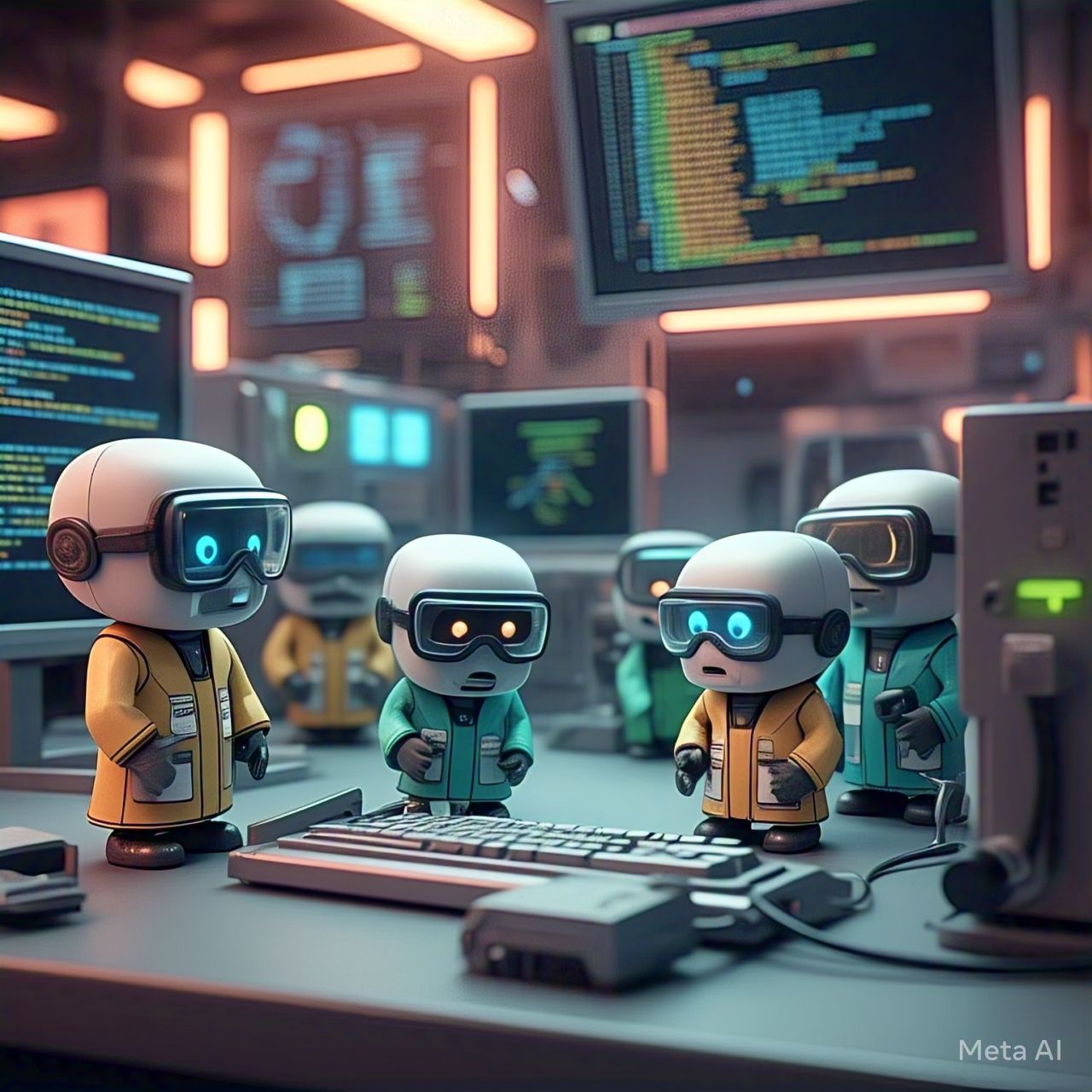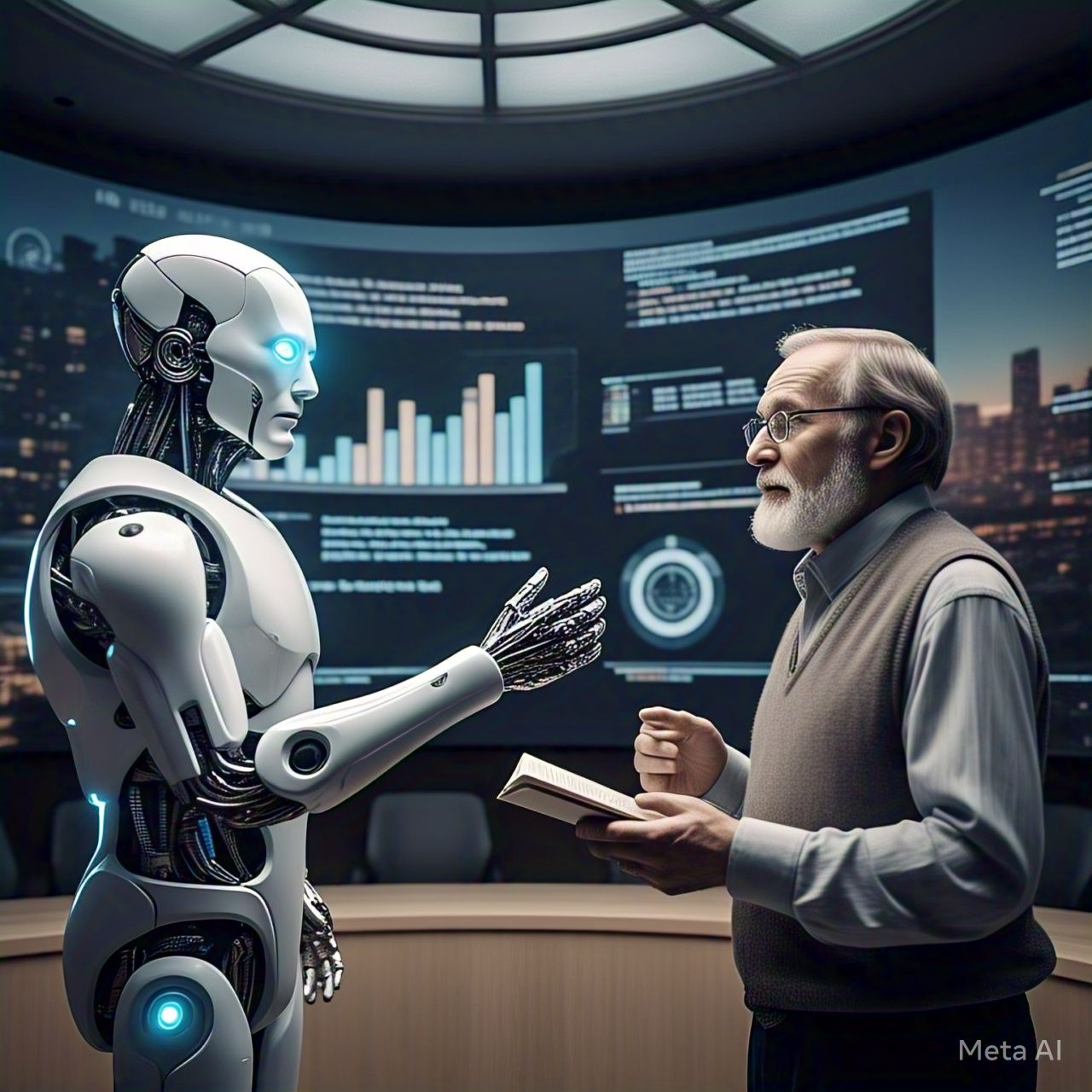Introduction
Artificial intelligence (AI) has traditionally been associated with large-scale models requiring immense computational power and vast amounts of data. However, recent advancements in AI have led to the rise of small AI models—compact, efficient, and optimized for real-world applications. These “tiny titans” are reshaping modern computing by delivering powerful AI capabilities while maintaining low resource requirements.
The Need for Smaller AI Models
1. Energy Efficiency
Large AI models demand substantial processing power, leading to high energy consumption. Small AI models, in contrast, are designed to function efficiently on edge devices and mobile hardware, reducing energy costs and carbon footprints.
2. Real-Time Processing
With reduced computational overhead, small AI models offer faster inference times, enabling real-time applications such as voice assistants, facial recognition, and predictive text without reliance on cloud processing.
3. Cost-Effectiveness
Deploying large AI models requires powerful GPUs and cloud infrastructure. Small AI models minimize these dependencies, making AI more accessible to businesses and developers with limited budgets.
Key Technologies Behind Small AI Models
1. Model Pruning
Pruning involves removing unnecessary neurons and connections from a neural network, maintaining accuracy while reducing size and computation.
2. Quantization
By reducing the precision of model parameters from 32-bit floating-point values to lower-bit formats, quantization significantly decreases memory usage and enhances efficiency.
3. Knowledge Distillation
A smaller model (student) is trained using a larger, pre-trained model (teacher), learning to replicate its behavior while requiring fewer resources.
4. Edge AI and On-Device Learning
Advancements in edge AI enable models to process data locally on devices like smartphones, IoT devices, and embedded systems, eliminating latency associated with cloud computing.
Real-World Applications of Small AI Models
1. Smartphones and Wearable Devices
AI-powered features such as voice recognition, camera enhancements, and health monitoring operate seamlessly on mobile devices due to compact AI models.
2. Autonomous Vehicles and Drones
Real-time decision-making in self-driving cars and drones requires lightweight AI models that process environmental data quickly and accurately.
3. Healthcare and Medical Diagnosis
Small AI models enable portable medical devices to diagnose conditions like skin diseases and detect anomalies in X-rays with minimal computational requirements.
4. Industrial Automation
Manufacturing processes leverage compact AI models for predictive maintenance, quality control, and robotics, ensuring operational efficiency without excessive computing power.
The Future of Small AI Models
As AI adoption grows, the demand for lightweight, efficient models will continue to rise. Key developments expected in the future include:
- Improved model compression techniques to further reduce size while maintaining performance.
- Integration with 5G networks for enhanced edge computing capabilities.
- Adaptive AI models that dynamically adjust size and complexity based on available resources.
Conclusion
The rise of small AI models marks a significant shift in the AI landscape, making intelligent computing more efficient, accessible, and sustainable. By harnessing techniques like pruning, quantization, and knowledge distillation, these “tiny titans” are paving the way for smarter applications across various industries. As technology continues to evolve, compact AI models will play a crucial role in shaping the future of computing.




